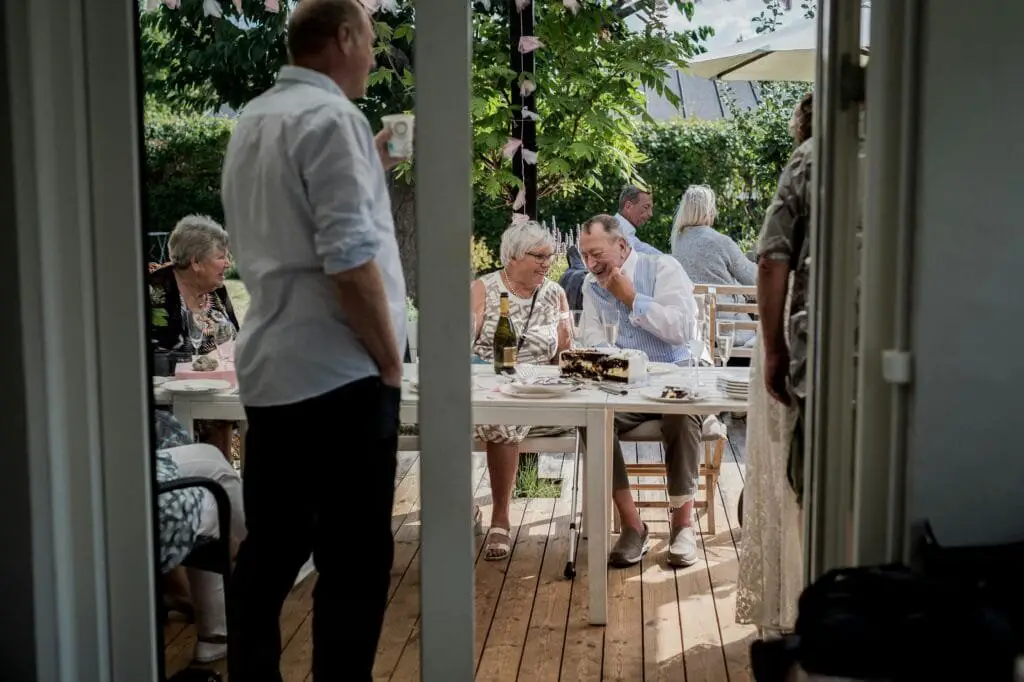1. The Dukes of Hazzard
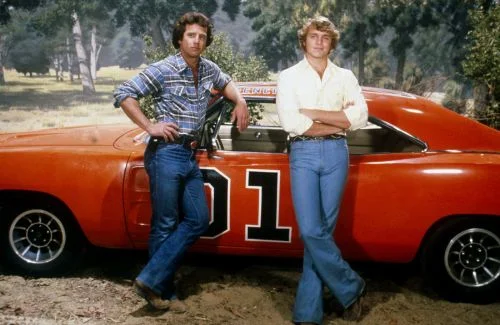
The Dukes of Hazzard was a classic in the ’80s, known for its high-speed chases and the iconic General Lee car, with its Confederate flag emblazoned on the roof. The show, set in the fictional Hazzard County, followed cousins Bo and Luke Duke as they fought the corrupt local government. While it was an absolute fan favorite at the time, there’s no denying that its use of the Confederate flag would be highly controversial today. In fact, the show was pulled from syndication in 2020 due to its association with such symbols, a clear reflection of how much times have changed.
What once seemed like harmless fun now strikes a nerve in the context of today’s cultural reckoning. The themes of lawbreaking heroes and rural rebellion might still appeal to some, but the racial implications tied to the Confederate flag are impossible to ignore now. A show that was once a family favorite has become one of the most contentious TV relics from the ’80s, and it’s hard to imagine it being made today without some significant changes to its symbolism and themes.
2. Married… with Children
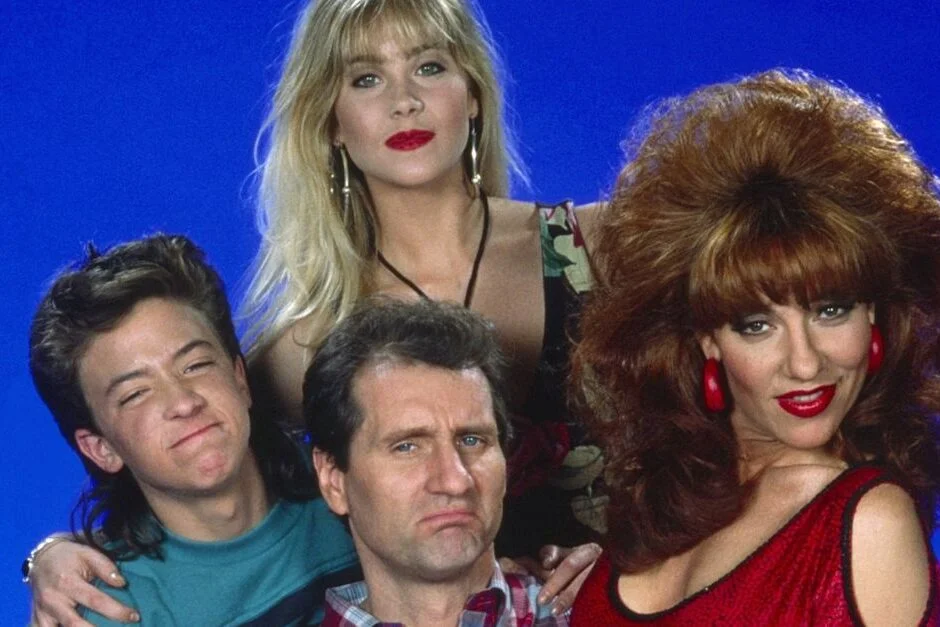
Married… with Children was a sitcom that pushed boundaries with its dark humor and unapologetic portrayal of a dysfunctional family. The show’s lead character, Al Bundy, was a misogynistic shoe salesman, and his wife, Peg, was a lazy, materialistic housewife. The show mocked just about everything, from family dynamics to gender roles, and while it was groundbreaking for its time, its humor would likely be deemed inappropriate by today’s standards. Jokes about women, minorities, and body image would probably land it in controversy rather than comedy today.
The humor was brash and often crass, with Al making sexist remarks and the show delighting in pushing boundaries. While it’s often remembered fondly by those who grew up in the ’80s, the show’s portrayal of gender and its reliance on outdated stereotypes would make it tough to air in the current cultural climate. It’s hard to imagine Married… with Children surviving the scrutiny of modern audiences, who demand more nuanced representations of families and less casual dismissal of social issues.
3. The A-Team
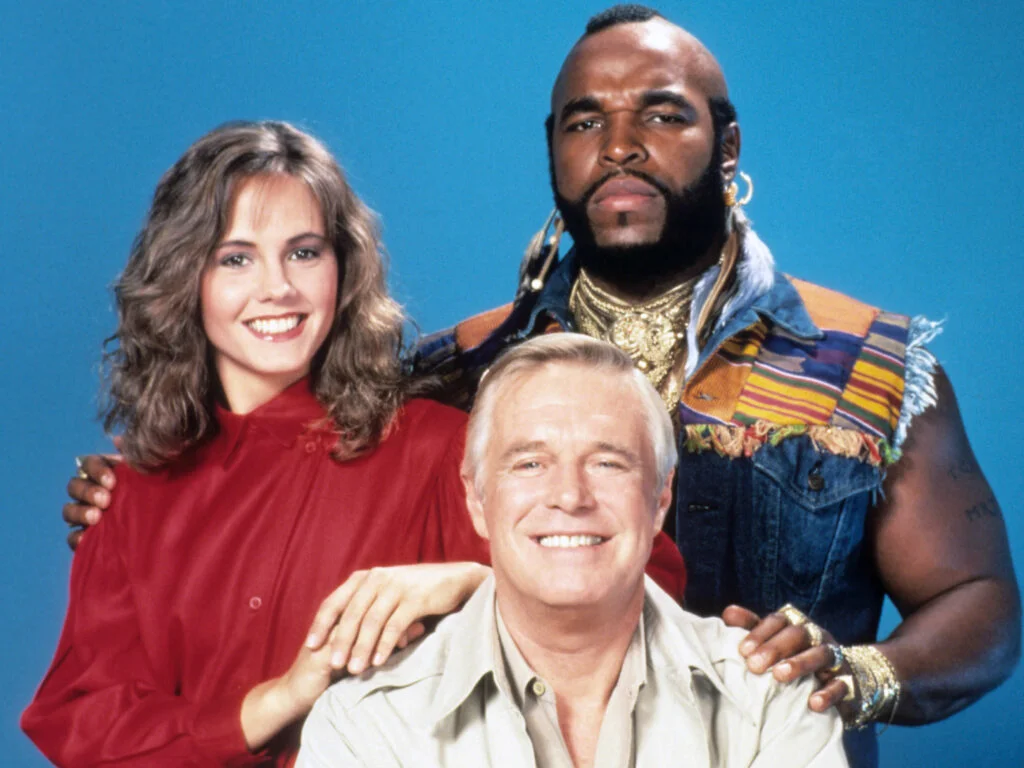
The A-Team was an action-packed series that followed a group of former soldiers who went rogue, solving problems for people in need of help. While the show was full of over-the-top action, explosions, and macho one-liners, its lack of real consequences and tendency to glorify violence would likely face major backlash today. The idea that a group of armed ex-soldiers could single-handedly take down entire criminal empires with little to no legal ramifications would be frowned upon in today’s more sensitive TV landscape.
In today’s environment, where we are more aware of the glorification of violence in media, The A-Team’s casual approach to shooting and fighting might feel irresponsible. The show’s portrayal of military figures as always right and the go-to heroes for every problem feels outdated, and with a greater focus on realism in military-related shows today, The A-Team would likely be reworked entirely to avoid reinforcing unhealthy stereotypes about heroism and violence.
4. What’s Happening!!
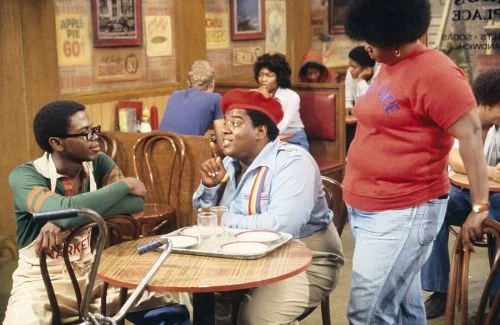
This sitcom centered around a group of teenagers navigating life in a working-class neighborhood. It featured some hilarious moments but also leaned heavily on racial stereotypes, particularly with the character of Raj, whose antics were often played for laughs based on his “hip” demeanor. In the ’80s, it was largely accepted as a typical family show, but looking back, many of its jokes come off as dated, and the characters are reduced to stereotypes.
While the show was groundbreaking for giving Black characters a platform on TV, its humor often came at the expense of its African-American cast, reinforcing negative portrayals. Today, we expect more balanced, three-dimensional depictions of Black characters, and shows like What’s Happening!! would likely be seen as problematic in today’s TV landscape, given their reliance on stereotypes and caricatures for comedic effect. The characters’ development would have to be far more sophisticated to resonate in today’s world.
5. The Greatest American Hero
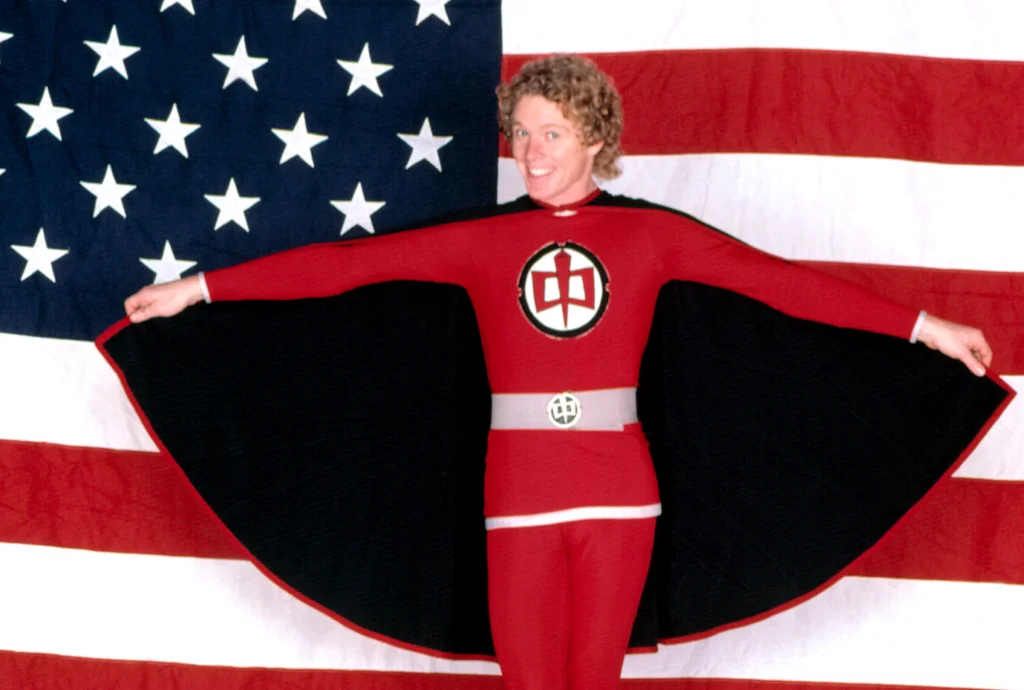
This cult classic mixed superheroes with slapstick comedy, telling the story of an ordinary man who is given a superhero suit but struggles to figure out how to use it. The show, while full of quirky fun, had an incredibly loose, sometimes chaotic storyline that was perfect for the ’80s. But the complete lack of consistency in the way the superhero powers were portrayed would be seen as problematic in today’s era of superhero sophistication. Superhero TV shows now rely on complex characters and well-thought-out plots, and The Greatest American Hero would likely be viewed as too goofy and lacking in substance by today’s audiences.
While the show has its share of charm, with its main character learning his powers on the fly, superhero TV today demands consistency, depth, and an understanding of modern technology and storytelling. The charm of a bumbling superhero learning on the job may not fly in an era where audiences expect more realism and plot coherence.
6. Charles in Charge
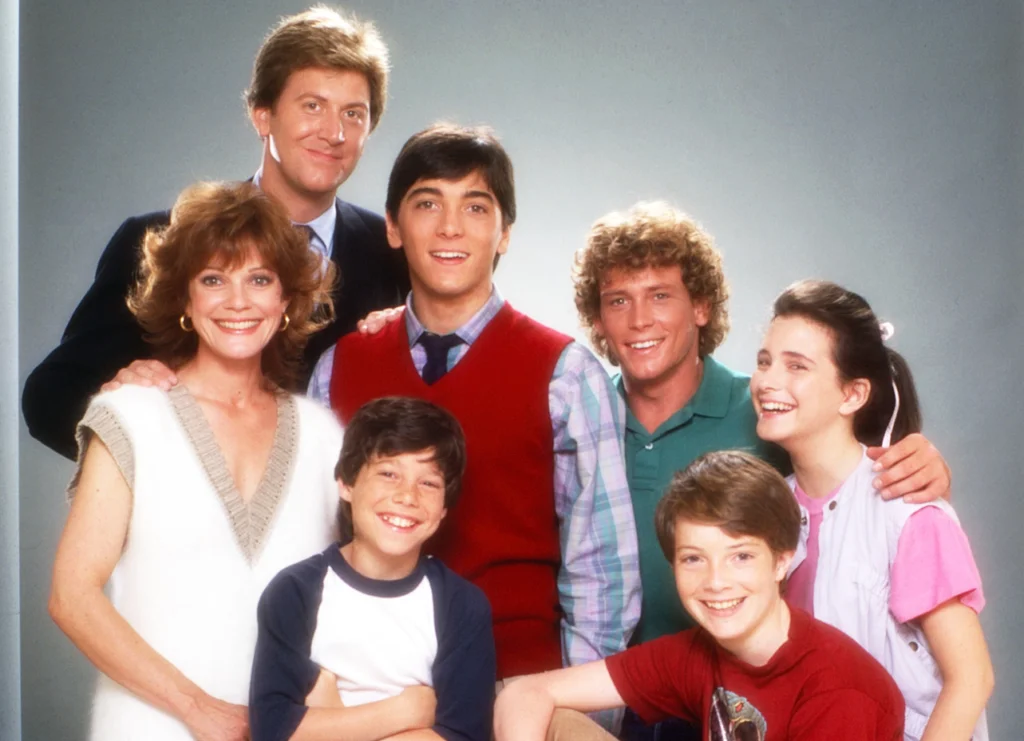
Charles in Charge was a feel-good family sitcom that followed a young college student, Charles, as he took on the responsibility of watching over a household of kids. While the show was wholesome and relatively innocent, it relied heavily on gender roles and didn’t always portray relationships in a modern or progressive light. The dynamic between Charles and the female characters, especially the mother of the family, would raise some eyebrows today. The outdated notion of a male figure taking charge of a household with little pushback from the female characters might seem regressive now.
In the context of 2023, where gender equality is far more of a focal point, the premise of Charles in Charge would likely feel old-fashioned. The portrayal of women as mainly nurturing or needing to be managed by men would be difficult to reconcile with today’s more egalitarian views on relationships and family dynamics. It’s safe to say that a show like this would need some serious reworking to resonate with modern sensibilities.


